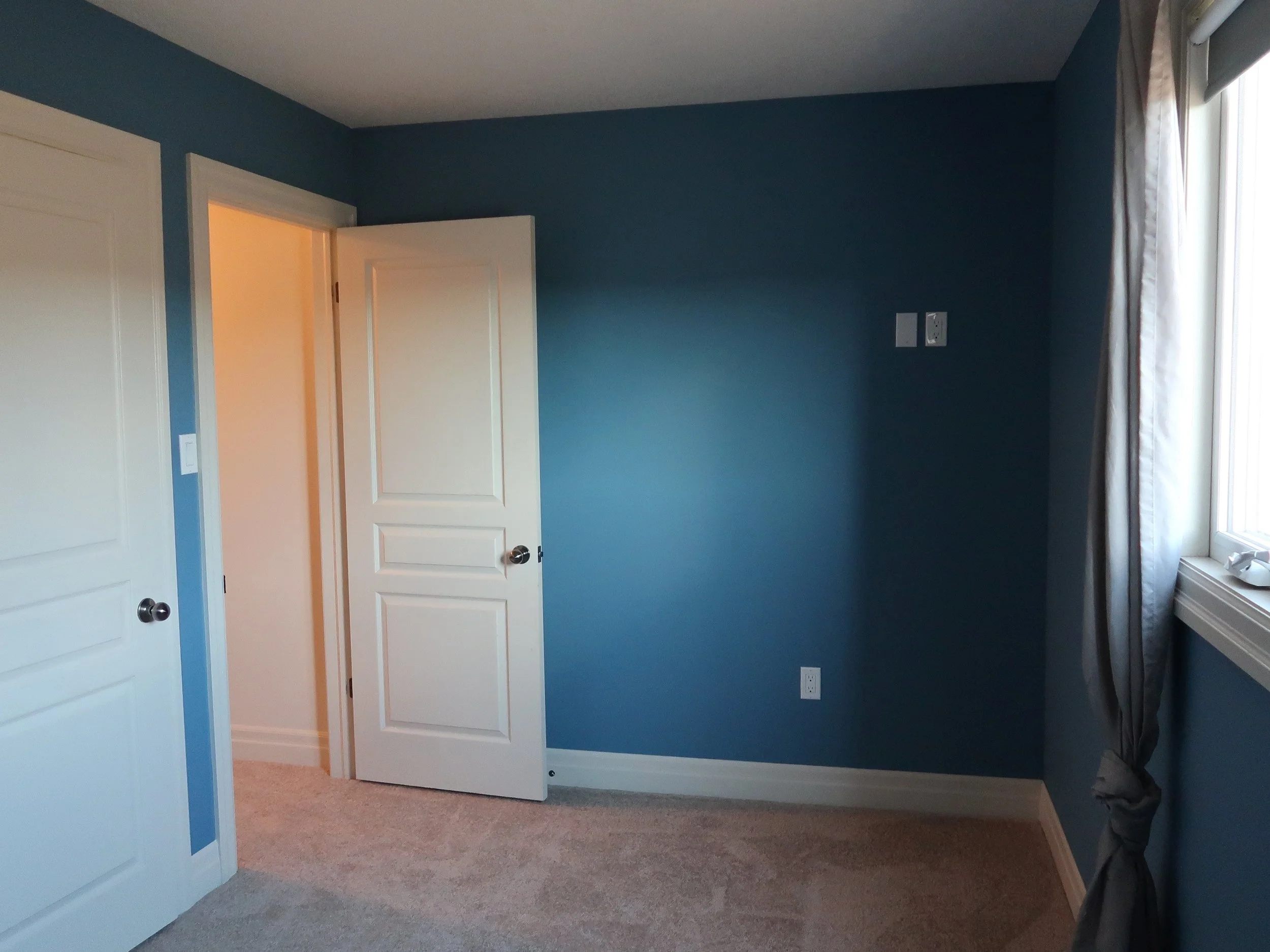Using Room Colour Psychology To Your Advantage When Painting Your Home
Have you ever walked into a room, and your mood totally changed? Do you feel more confident wearing a certain colour? That, friends, is the work of colour psychology.
Colour psychology is the theory of how colours affect the brain, more specifically, your emotions. Colour therapy is used in many different ways, like with lights, in fashion, and even in business, for marketing and branding. It’s also used in home design to help people feel their best.
If you want to start the new year with a fresh outlook, you might want to take advantage of room colour psychology when painting your home. Keep reading to learn how!
Room Colours & Emotions
Each colour creates a different reaction in the brain. Generally, warm tones like orange and red energize the brain. Cool tones like blue and green calm the mind and help to relax the body. Here are some more specific examples.
Red
Red is well-known as the colour of passion, whether that’s love or rage. It’s a bold colour that creates powerful energy, especially as a room colour. It’s best for kitchens, dining rooms, and home gyms. However, it’s not a good colour if you have heart problems or high blood pressure, as it increases both your heart rate and blood pressure.
Orange
With many of the same features as red, orange also creates an exciting aura in a room. Since it’s not as bold, it’s not as impactful on blood pressure and heart rate. But it does boost energy, which is why it’s such a great fit for offices, kid’s rooms, and home gyms.
Pink
Pink is another member of the red family, but it’s quite different when colour psychology is concerned. Like red, pink is also known as the colour of love, but it’s a little more toned down, almost calming. Pink is also known as a creativity booster, making it perfect for your home office or a kid’s bedroom.
Blue
Opposite to red, blue lowers your blood pressure and heart rate. That’s why it’s known as the calm colour, although it’s also associated with sadness. Blue is common in bedrooms and bathrooms for its calming feeling and clean aesthetic. However, too much blue (or any cool tones) can make a room feel cold.
Green
Green is also a relaxing colour but feels a little less cold. It’s said to relieve stress and nightmares, making it another popular bedroom colour. But best of all, green brings an element of nature into your home that can make you feel at peace while also refreshed.
Yellow
Yellow is bright and joyful. As the colour of the sun, it’s known to bring light, happiness, and all those good vibes. It also induces focus, which is perfect for that home office you’ve always wanted. And, it’s a welcoming sight as an entryway or living room colour.
Purple
As a blend of red and blue, purple can be quite a calming or stimulating room colour. That’s why people either really love purple or just can’t stand it. Purple is also the colour of royalty, drama, and sophistication. Like pink, purple boosts creativity, and the combination of both can make for a great home office.
How To Use Colour Therapy When Painting Your Home
Use what you’ve learned about these colours to influence certain moods in your home.
For example, if you need to relax more during your nightly routine, blue or green is the way to go for your bedroom. Or, if you need more motivation for your morning workout, get some red in your workout room!
Remember to keep in mind that while you may want to induce certain moods in each room, you should really try to keep a common element throughout your entire home to avoid complete colour chaos, which will overstimulate your brain. A professional painter can help you strike that balance, learn more about our interior painting services.
Frequently Asked Questions About Room Colour Psychology
-
DescriptionRoom colours can influence both emotions and physical responses. Warm tones like red and orange energize and uplift, while cool tones such as blue and green calm the mind and encourage relaxation. The room colour effect on mood is one of the key reasons homeowners turn to colour psychology when planning their interiors. text goes here
-
Bedrooms benefit most from calming, restful tones. Blues and greens are linked to reduced stress and better sleep, while soft neutrals add comfort and warmth. This is why bedroom colour psychology often guides people toward cool, soothing shades.
-
If your goal is to create an inviting space, lighter tones like yellows, warm beiges, or soft earthy shades can set the mood. These colours naturally brighten a room and give guests a sense of openness and hospitality.
Call McHugh And Talk To The Home Colour Experts
Want to start hacking your emotions through room colour psychology? Say no more! Let McHugh Painting help you take advantage of colour psychology.
Our expert design consultant is here to help you get exactly what you’re looking for out of painting your home. Contact us today to get started feeling your best!


